“Calling on a million minds for community annotation in WikiProteins” is the catchy title of an article in Genome Biology two months ago (vol. 9, issue 5, 2008; see online version here). The paper has received some attention in the blogosphere—not least because Wikipedia founder Jimmy Wales is one of the 23 co-authors of the paper.
Celebrity aside, both the project as such and the “million minds” metaphor is fascinating.  WikiProteins is the first project (so far in beta) by the new semantic (concept) web initiative WikiProfessional-life sciences. It’s a database which automatically searches for information about proteins from a variety of other databases, e.g., UniProt/Swiss-Prot, and for associated concepts in articles from PubMed, and then makes the digested information available to the public (in practice = scientists) for further curating, editing and annotation.
WikiProteins is the first project (so far in beta) by the new semantic (concept) web initiative WikiProfessional-life sciences. It’s a database which automatically searches for information about proteins from a variety of other databases, e.g., UniProt/Swiss-Prot, and for associated concepts in articles from PubMed, and then makes the digested information available to the public (in practice = scientists) for further curating, editing and annotation.
In other words, instead of waiting for potential contributors to start from scratch, the WikiProtein-people are initiating the wiki fun by filling the database with a lot of information, so that the protein experts (“the million minds”) out there have something to work with and improve. As they say in the abstract: “We call on a ‘million minds’ to annotate a ‘million concepts’ and to collect facts from the literature with the reward of collaborative knowledge discovery”.
Most pundits are impressed, but there has also been some criticism. On Nature’s Nascent-blog, bioinformatician Euan Adie has expressed his irritation with the hype: “There’s a very high crap to content ratio”.
This alleged hype aspect is what makes the metaphorical dimension of “Calling on a million minds” so interesting. One thing is that the title quite explicitly draws on the positive vibes of the wiki and web 2.0-movements. But aren’t there also parallells to the new forms of political process that we have been witnessing in recent years, for example in the last and the current US presidential elections? Like when Barack Obama calls on a million activists for taking part in the campaign and for fund-raising. (And hasn’t Obama too been accused of high crap to content ratio?)
So what’s the next catchy title in a systemic biology article? What about “Yes We Can: A Million Scientists Demand The Right to Curate Data for the Human Metabolome Project” (for HMP, see here).
(More comments on Scienceroll, bbgm, ars technica, The Tree of Life, Spreading Science, David Rothman, and Cellnews)

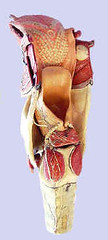 The immediate occasion for the meeting is that the Museum Boerhaave has completed the restoration of their collection of
The immediate occasion for the meeting is that the Museum Boerhaave has completed the restoration of their collection of 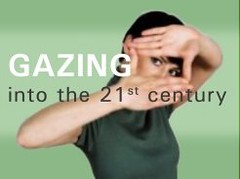 What’s a ‘liquid image’ (or ‘the liquidity of the image’ for that sake)? The answer may be given at the Second International Conference on Image Science in the Göttweig Monastery near Vienna, 16-18 October.
What’s a ‘liquid image’ (or ‘the liquidity of the image’ for that sake)? The answer may be given at the Second International Conference on Image Science in the Göttweig Monastery near Vienna, 16-18 October.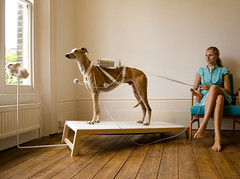 Assistance animals – from guide dogs to psychiatric service cats – unlike computerised machines, can establish a natural symbiosis with the patients who rely on them. Could animals be transformed into medical devices? This project proposes using animals bred commercially for consumption or entertainment as companions and providers of external organ replacement. The use of transgenic farm animals, or retired working dogs, as life support ‘devices’ for renal and respiratory patients offers an alternative to inhumane medical therapies. Could a transgenic animal function as a whole mechanism and not simply supply the parts? Could humans become parasites and live off another organism’s bodily functions?
Assistance animals – from guide dogs to psychiatric service cats – unlike computerised machines, can establish a natural symbiosis with the patients who rely on them. Could animals be transformed into medical devices? This project proposes using animals bred commercially for consumption or entertainment as companions and providers of external organ replacement. The use of transgenic farm animals, or retired working dogs, as life support ‘devices’ for renal and respiratory patients offers an alternative to inhumane medical therapies. Could a transgenic animal function as a whole mechanism and not simply supply the parts? Could humans become parasites and live off another organism’s bodily functions?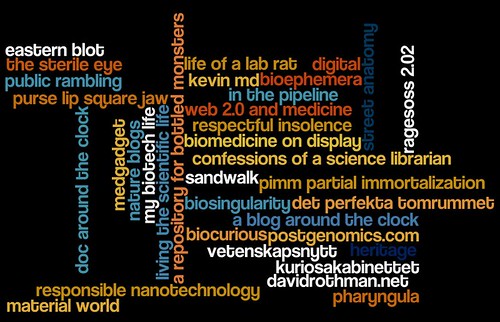
 Then I manipulated the picture a little (literally manually!). By repeating the names of my most-favourite blogs 2, 3 or 5 times I could produce a weight-effect:
Then I manipulated the picture a little (literally manually!). By repeating the names of my most-favourite blogs 2, 3 or 5 times I could produce a weight-effect:

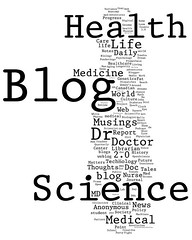
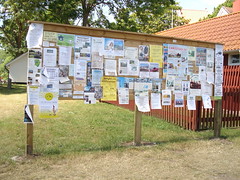 On our way back to Copenhagen from three days of vacation on the island of
On our way back to Copenhagen from three days of vacation on the island of 
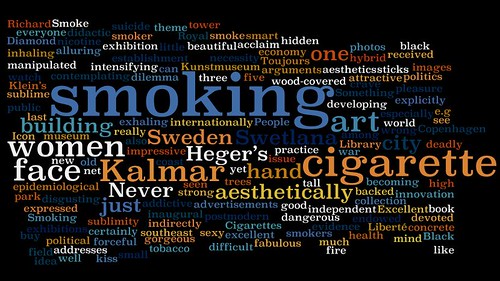
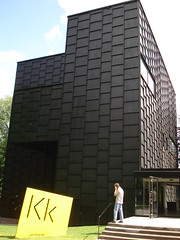 The city of
The city of 

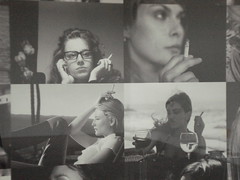 Never have I seen such a collection of images of beautiful, smart, independent, distinguished, alluring and gorgeous women devoted to the necessity of smoking. Never has the idea of the sublimity of the practice of smoking been expressed so manifestly in art. Smoking is most certainly addictive, disgusting and deadly dangerous. But it also aesthetically forceful. (This was the theme of
Never have I seen such a collection of images of beautiful, smart, independent, distinguished, alluring and gorgeous women devoted to the necessity of smoking. Never has the idea of the sublimity of the practice of smoking been expressed so manifestly in art. Smoking is most certainly addictive, disgusting and deadly dangerous. But it also aesthetically forceful. (This was the theme of